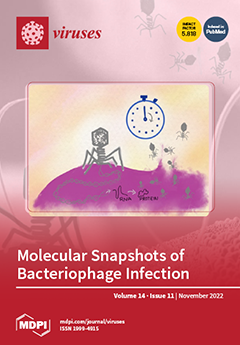Epidemiologic data have suggested that etiologic variations of hepatocellular carcinoma (HCC) exist in different geographic areas, and might be associated with different outcomes. We compared the viral etiology, clinicopathological characteristics and surgical outcomes between 706 Taiwanese and 1704 Vietnamese patients with HCC undergoing
[...] Read more.
Epidemiologic data have suggested that etiologic variations of hepatocellular carcinoma (HCC) exist in different geographic areas, and might be associated with different outcomes. We compared the viral etiology, clinicopathological characteristics and surgical outcomes between 706 Taiwanese and 1704 Vietnamese patients with HCC undergoing liver resection. Vietnamese patients had a significantly higher ratio of hepatitis B virus (HBV) (
p < 0.001) and a lower ratio of hepatitis C virus (HCV) (
p < 0.001) and non-B non-C than Taiwanese patients. Among patients with HBV or non-B non-C, the mean age was younger in Vietnam than in Taiwan (
p < 0.001,
p = 0.001, respectively). The HCC patients in Vietnam had significantly higher serum alpha-fetoprotein (AFP) levels (
p < 0.001), larger tumors (
p < 0.001), and a higher ratio of macrovascular invasion (
p < 0.001) and extrahepatic metastasis (
p < 0.001), compared to those in Taiwan. Patients treated in Vietnam had a higher tumor recurrent rate (
p < 0.001), but no difference in overall survival was found between both groups. In subgroup analysis, the recurrent rate of HCC was the highest in patients with dual HBV/HCV, followed by HCV or HBV, and non-B non-C (
p < 0.001). In conclusion, although the viral etiology and clinicopathological characteristics of HCC differed, postoperative overall survival was comparable between patients in Taiwan and Vietnam.
Full article






